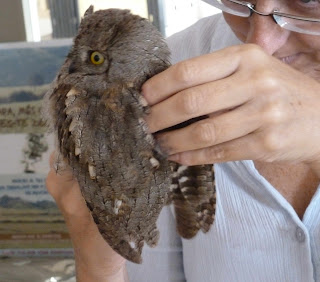..... permission for fracking has been given despite apparent good reasons to refuse it.....
.....decades after many of us campaigned under the No Nuclear Power No Thanks banner, it seems that it's now the green energy of choice.....
...... planning permission has been granted for houses on part of one of the best habitats of Kingsdown, an irreplaceable home to small blues, scarce plants, rare moths, with a mealey-mouthed ecological report to support it.....
.......... the "most sustainable solution" to aviation expansion in the South East with the "least adverse impact" is just offshore....... it may have the least impact to those near London.
There was another Goodwins plan 20 years ago, with an airport and international port too, which fortunately disappeared.
Good grief, where are we going?
Britain, we need to understand that ours is a declining economy, and it would be better to plan for a sustainable future based not on growth but on reduced wealth and consumption. A misguided belief in a continued demand for air travel will not assist us - the next generations will not be able to afford to fly in the same numbers as at present, so investing in more runways would be foolish.
So a Happy New Year to all - putting the past year behind me I can now look forward to 2013 -
Kingsdowner will be consigned to history and like all history will be revised, rewritten and distorted into something approaching a guide for the use of future.
























































